Due to scheduled maintenance, the National Library’s online services will be unavailable between 8pm on Saturday 7 December and 11am on Sunday 8 December (AEDT). Find out more.
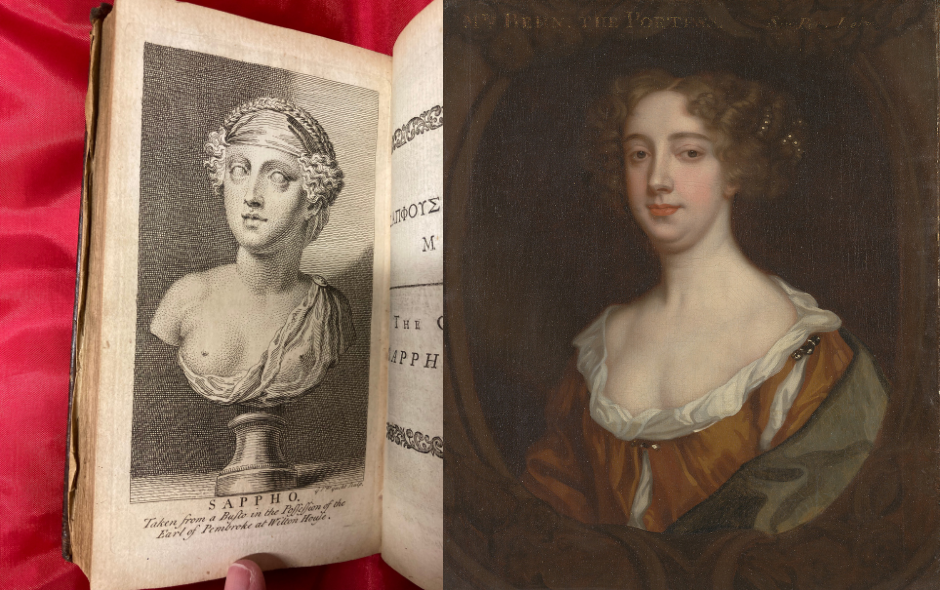
Sappho, Hildegard von Bingen and Aphra Behn: an ancient Greek poet; a medieval abbess, composer and writer; and a Restoration playwright and spy. What do they have in common?
They are all represented in the National Library of Australia’s rare books collections.
The longer I spend with these collections, the more I realise how rich they are. They include the work of many of the great female writers of centuries past.
This is the first of a two-part taste of these rare books. It looks at women writers who lived from ancient times to 1700. The second part's focus will be books by their 18th-century counterparts.
While many of these works are available online or in your local bookshop's 'Classics' section, there is nothing quite like seeing these classics in the form they were printed centuries ago. (Speaking as someone who loves her paperbacks.) We tend to favour the latest edition or translation, which promises to present the most authentic and authoritative text, closest to the intention of the author. But what were these earlier versions the latest edition is improving upon? They are long forgotten in many cases. If lucky, a footnote or a line in a list of previous editions.
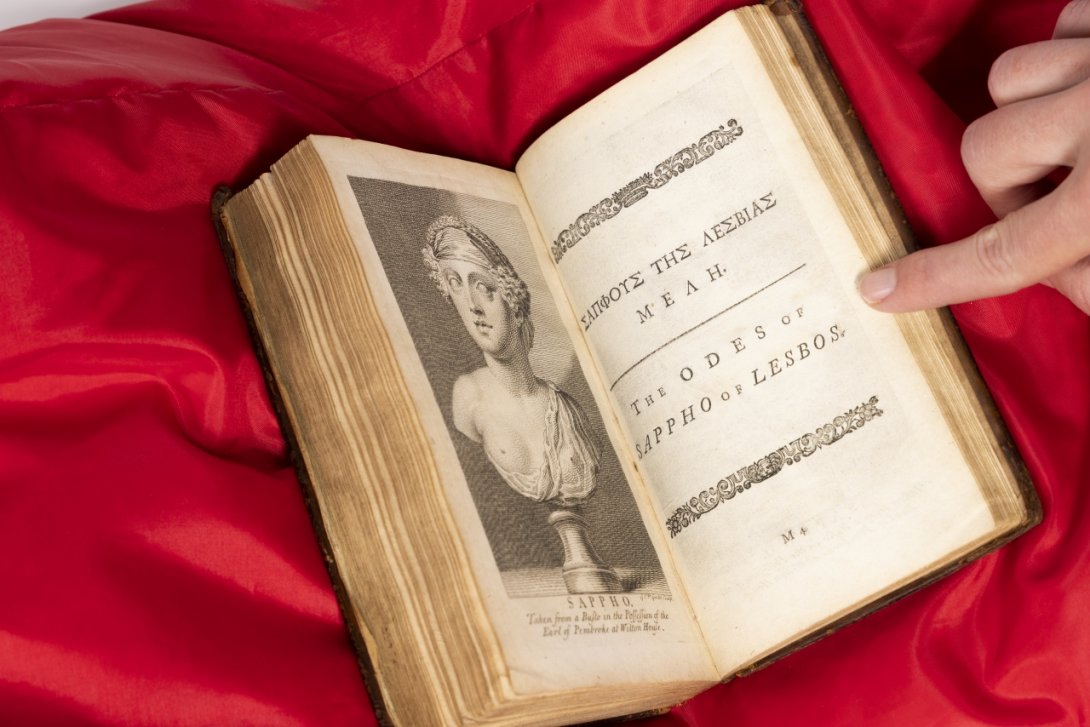
Sappho
Called the 'tenth muse' by the philosopher Plato, Sappho is known for creating some of history's most beautiful poetry. Only a fraction survives. She lived in the late 7th and early 6th centuries BCE, mostly at Mytilene on the Greek island of Lesbos. An icon, her life and sexuality have always been debated. Yet it is clear that she was from an aristocratic family, she married and had a daughter, and had relationships with women. She spoke and wrote in the Aeolic dialect. Most of her poems were songs, to be performed accompanied by a lyre, a stringed instrument. She was known and quoted by the ancient Romans, and the Library of Alexandria (the great library of antiquity) had good collections of her work. Her writings were rediscovered in the Renaissance, and more in 1896 in excavations in el-Behnesa, Egypt (Oxyrhyncus in ancient times) and in the last couple of decades.
Writer Joseph Addison drew attention to Sappho, first in a couple of articles in his journal The Spectator in 1711, and then with this translation. Referring to the incomplete nature of Sappho's surviving work, he wrote in The Spectator, 'Among the mutilated poets of antiquity there is none whose fragments are so beautiful as those of Sappho.'
Only a small proportion of this book features Sappho's poems; the majority is the work of the ancient Greek lyric poet Anacreon. Addison includes a brief biography of Sappho's life.

Widely known as the 'Ode to Aphrodite' or 'Sappho fragment 1', this is one of Sappho's most famous works. Though called a fragment, it is almost complete. Addison's edition uses the Roman name for the goddess of love and beauty: Venus. The English translation appears opposite the Greek original.
Here are the first couple of verses:
AN HYMN TO VENUS
MANY-Scepter'd Queen of Love,
Guile-enamour'd Child of Jove,
Ever-honour'd! cease my Smart,
Nor oppress thy Vot'ry's Heart.
But, propitious, Oh descend!
And my tuneful Vows attend.
From thy Father's gold-roof'd Court,
Once they charm'd thy kind Resort.

The book features many printers' ornaments. The publisher, John Watts (c.1678–1763), specialised in literary works often of some beauty. A project at the University of Birmingham focuses on printers' ornaments and catalogues 176 for this book alone. See them all on the project's webpage. American founding father, swimmer, and man of many talents, Benjamin Franklin worked at John Watts' printing house for several months in 1725–1726. He worked first as a 'pressman' with the printing presses, a job requiring strength, and later as a compositor. In his autobiography, he described his fellow workers at Watts—of whom there were almost 50—as 'great Guzzlers of Beer'.
Hildegard von Bingen

German Benedictine abbess, composer and writer Hildegard von Bingen (1098–1179) is best known today for her music. Yet she also wrote extensively. In her lifetime, her best-known written work was her Scivias, about her religious visions, which she commenced in 1142 and completed in 1151 or 1152. A number of manuscript versions are known, most notably the Wiesbaden manuscript. It was copied from Hildegard’s manuscript, with her knowledge, and completed after her death. Scivias is a truncation of the Latin words Sci vias Domini (Know the ways of the Lord) and was first printed in Latin in 1513.
This edition was published in 1628 in Cologne (Köln), now in modern Germany. It also includes the work—the so-called vision books—of Elisabeth of Schönau (c.1129–1164), one of Hildegard's followers. The Austrian National Library’s copy of this book can be read online.
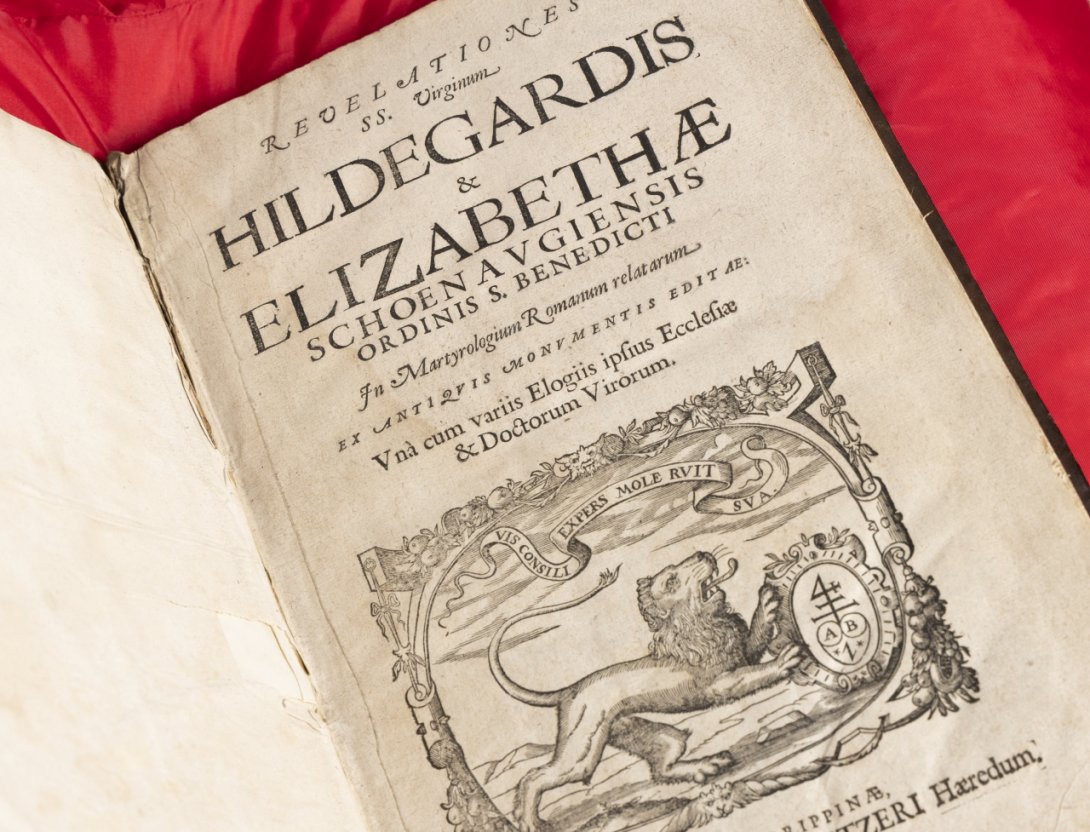
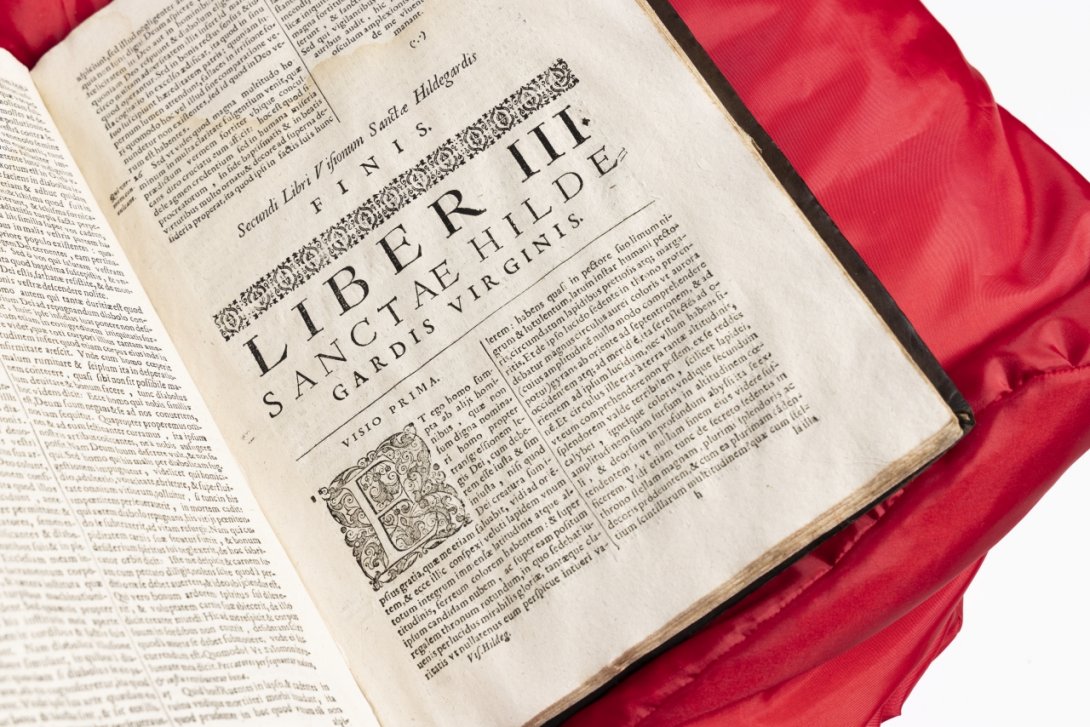
The first book of the Scivias sets the scene in Mark Atherton's translation: 'I saw the likeness of a great mountain the colour of iron, and on it sat a figure in great brightness, so bright that it dazzled my eyes.'
Heloise (and Abelard)
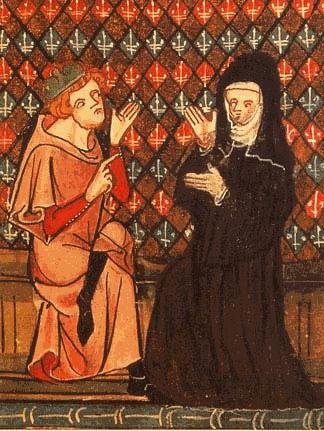
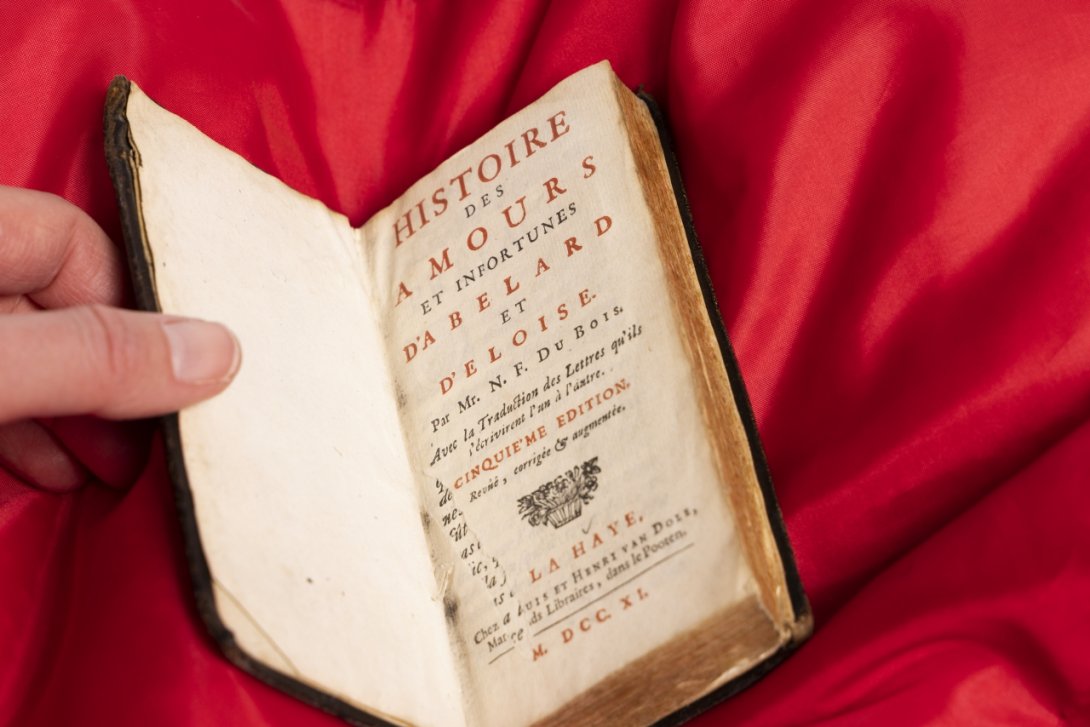
The letters of Peter Abelard and Heloise are among history's great love letters. Abelard was one of the most prominent scholars and teachers of 12th-century Paris. Heloise or Eloise was his brilliant student. They became lovers, married and had a son they named Astrolabe, yes, after the scientific instrument. Her uncle did not approve of the match. Abelard became a monk; Heloise became a nun. Heloise's uncle had Abelard attacked and castrated. Heloise and Abelard wrote letters to each other. For many years, only a small number of long letters were known. Australian academic Constant J. Mews made headlines worldwide about finding more and published a book.
During the reign of King Louis XIV of France, the letters were seen as an attack on the Church, placed on a list of prohibited books, and could not be published in Paris until the king's death in 1715. This is why this book was published in The Hague in 1711. It is the fifth edition of an extremely popular book first published in 1693.
Despite entering the religious life, Heloise still professed her love for Abelard in her letters.

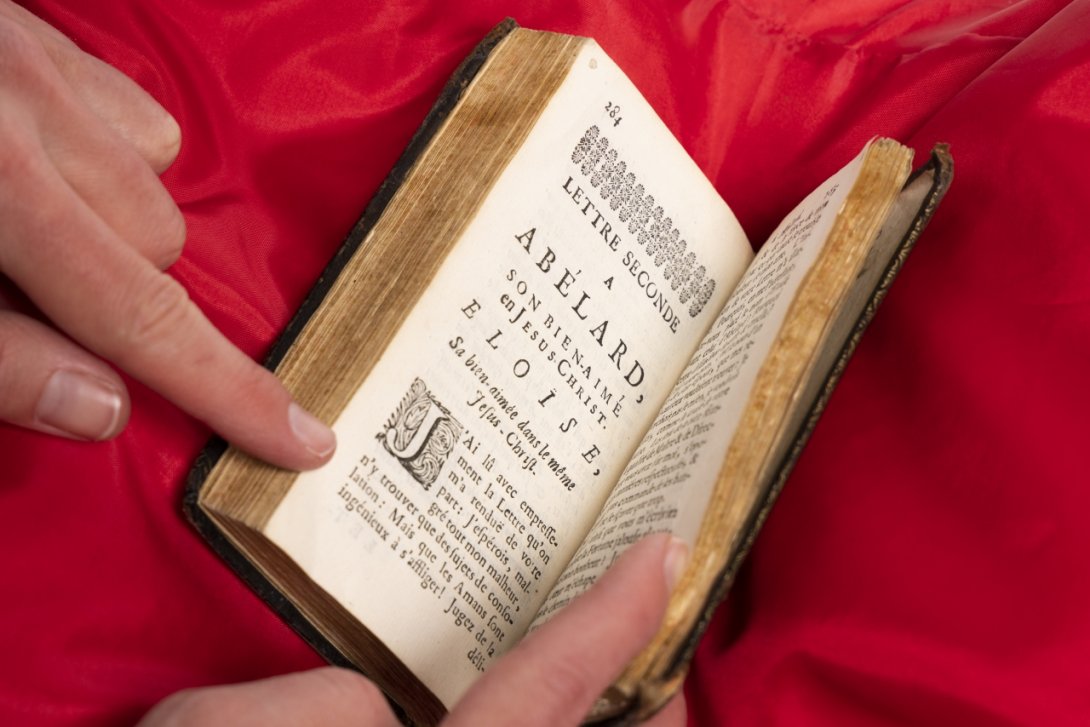
This is how Betty Radice translated the beginning of this letter for Penguin:
To her only one after Christ, she who is his alone in Christ.
I am surprised, my only love, that contrary to custom in letter-writing and, indeed, to the natural order, you have thought fit to put my name before yours in the greeting which heads your letter ... We were also greatly surprised when instead of bringing us the healing balm of comfort you increased our desolation and made the tears to flow which you should have dried.
Dorothy Osborne
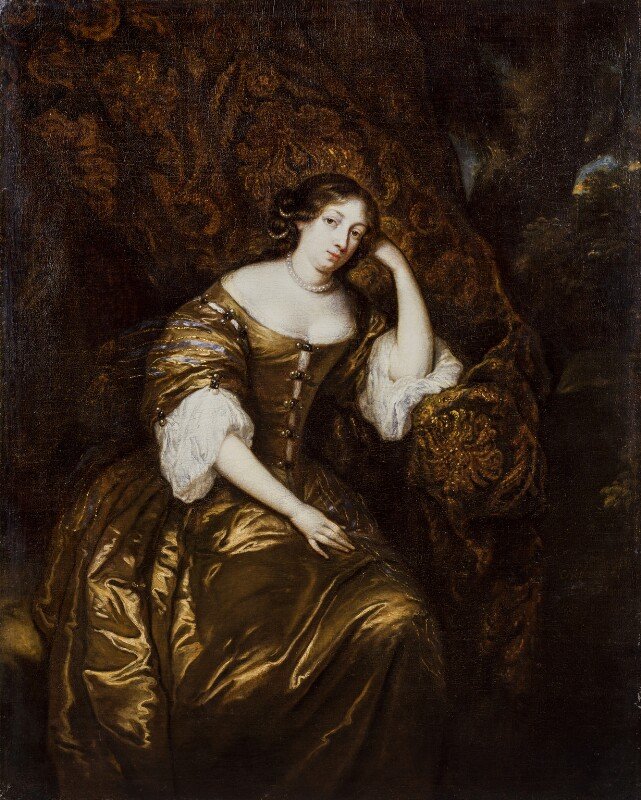
Moving forward 500 years, Dorothy Osborne's (1627–1694/5) letters to William Temple (1628–1698) are another among history's greatest love letters. She was the daughter of an English royalist; he was the son of a supporter of Oliver Cromwell. Their union was thwarted not by ideology but by both fathers wishing each to marry for money. They corresponded for 7 years before finally marrying in 1654, after her father had died and she barely survived smallpox. The letters, which are held at the British Library, were not published until the late 19th century. This edition claimed to be more accurate than the first edition and included letters previously unpublished. Most of his letters to her do not survive–he told her to burn them. Theirs was a happy marriage, and they had 9 children, of whom only 2 survived infancy. Temple held a number of diplomatic posts during his career and wrote a number of tracts, yet he is best known today as the patron of the writer Jonathan Swift.
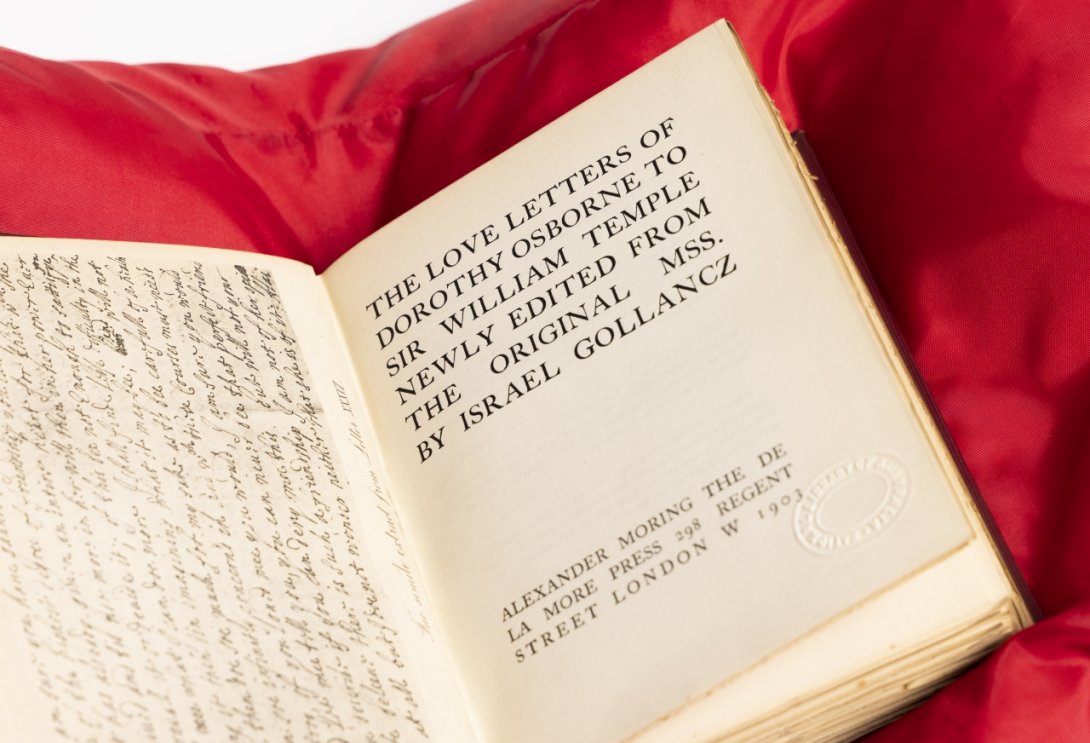
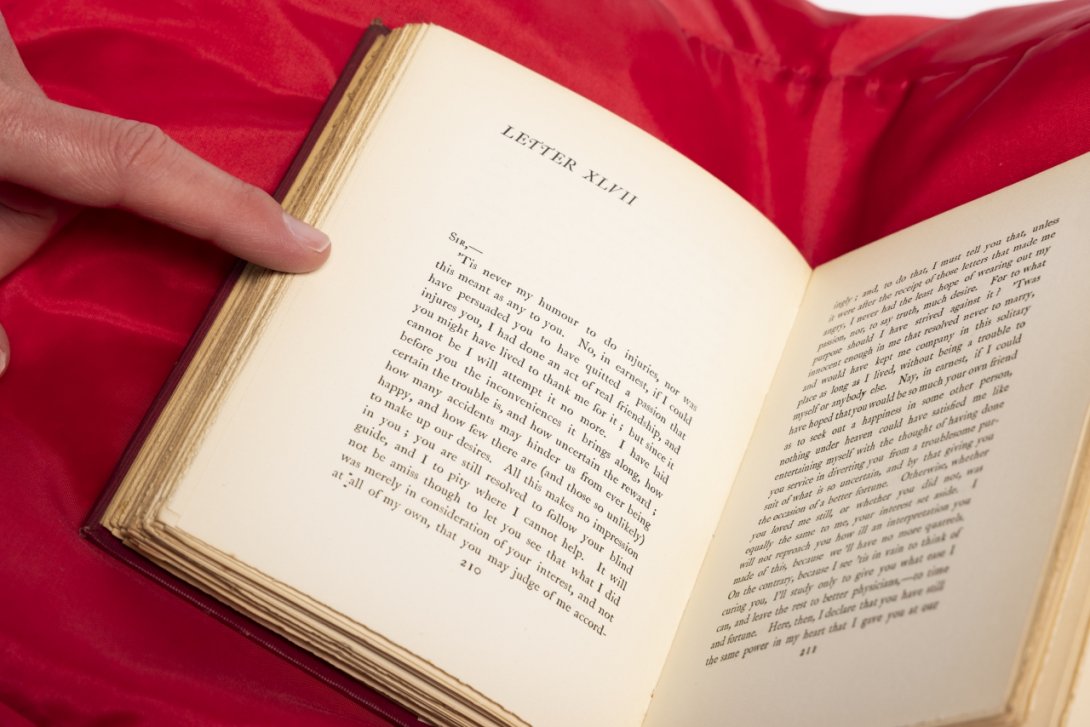
Dorothy Osborne's letters make fascinating reading. They reveal a lively, witty and bold mind. She was unafraid of teasing Temple, hiding her intelligence or her thoughts and fears from him. Of course without his answers, there is no complete picture.
For example, this letter dated Saturday, 15 July 1654:
I see you can chide when you please and with athority; but I deserve it I confesse and all I can say for my self is, that my fault proceeded from a very good principle in mee; I am apt to speak what I think; and to you have soe accoustumed my self to discover all my heart, that I doe not beleeve twill ever bee in my power to conceal a thought from you; therfore, I am affrayed you must resolve to bee Vexed with all my sencelesse aprehensions...
Many of the letters are of unclear date or sequence–a challenge for editors over the past 150 years.
Katherine Philips
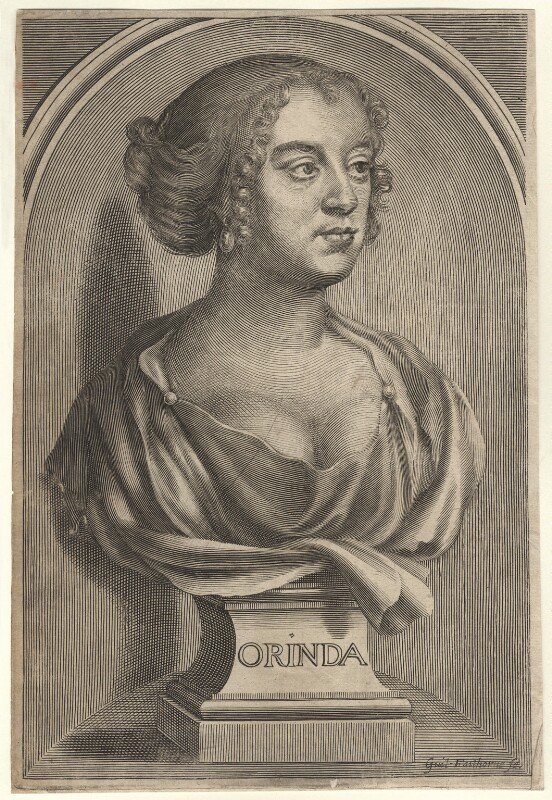
Katherine Philips (1632–1664) was an English poet with a puritan background and royalist sympathies. Well-connected in the artistic world of her time, she circulated her poetry in manuscript form. In a letter, she claimed she ‘never writ any line in my life with an intention to have it printed’. An edition of her poems was published in 1664 without her consent. She wrote: 'I am so Innocent of this pitifull design of a Knave to get a Groat, yt I was never more vex'd at any thing, & yt I utterly disclaim whatever he hath so unhandsomly expos'd'. Soon after, she died of smallpox, aged 32. This is the 1669 edition, an expansion of the authorised 1667 edition. It contains numerous glowing commendations by the literati of the age. Unfortunately, it is missing the portrait frontispiece, which would have been very similar to the portrait above.
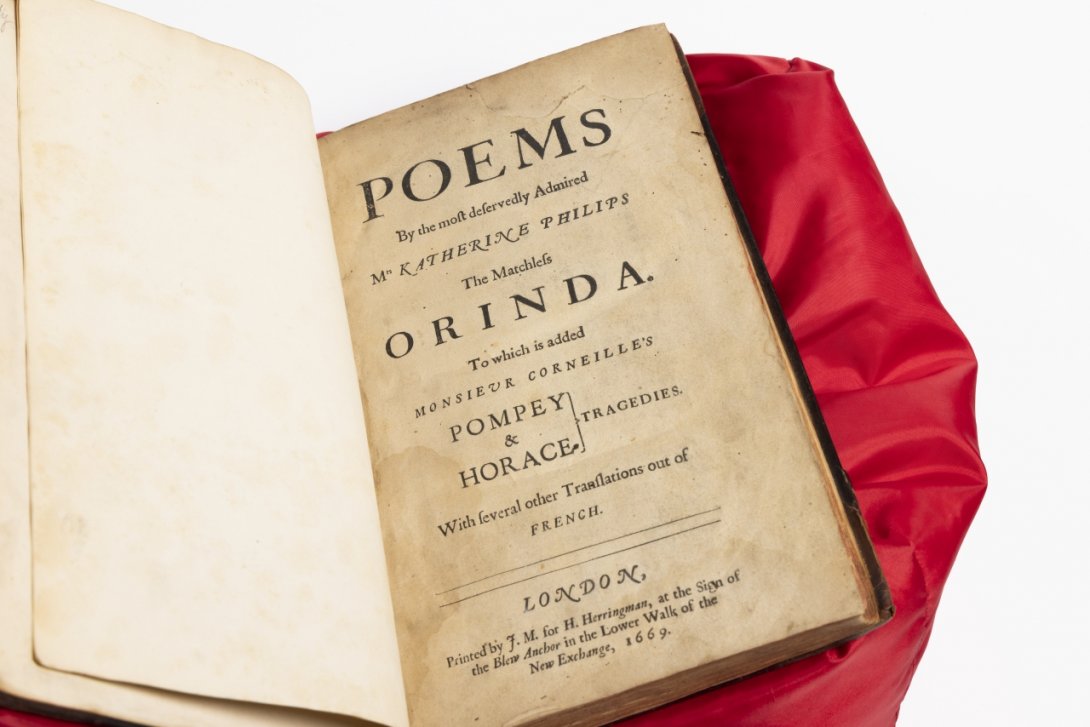
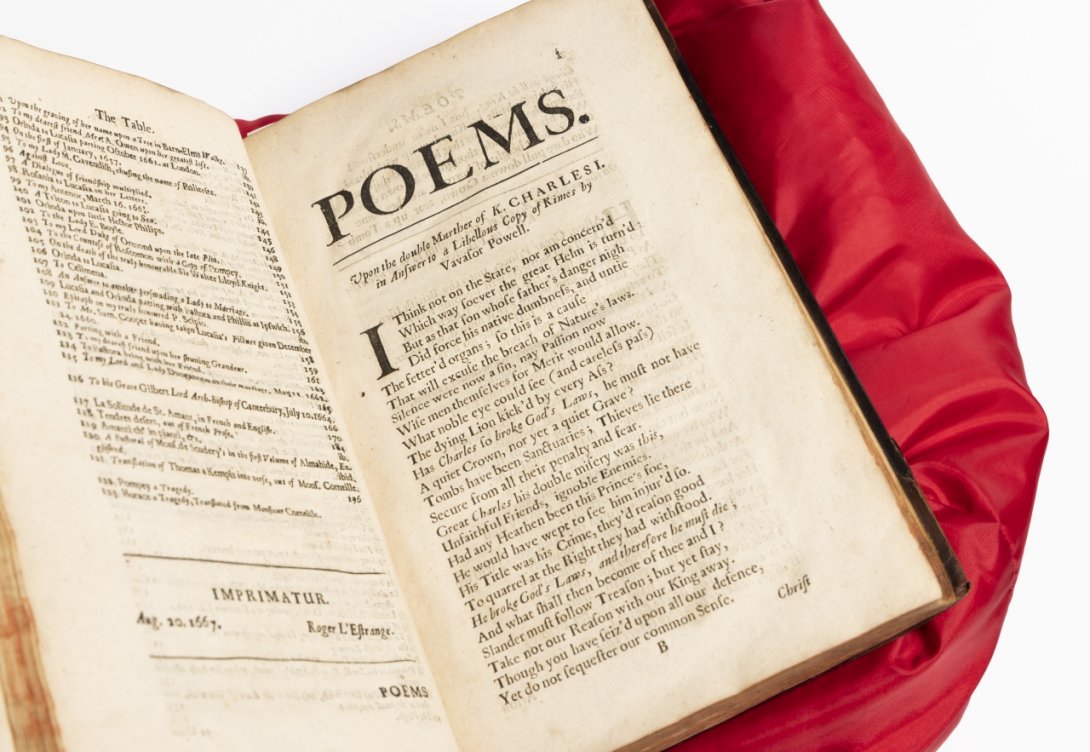
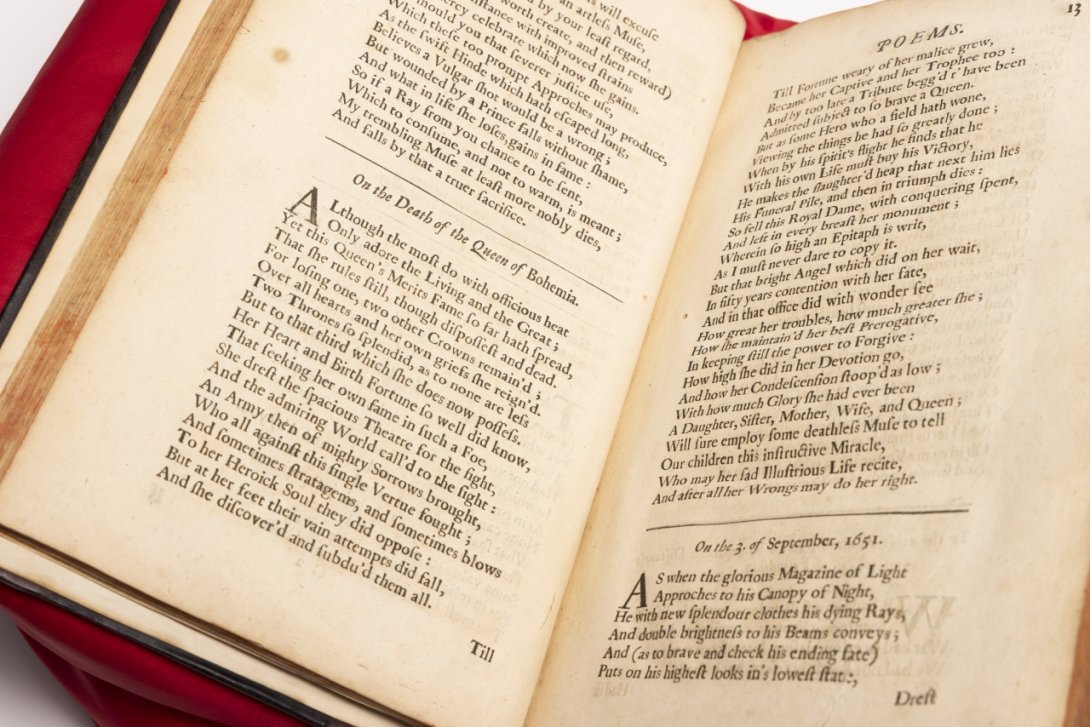
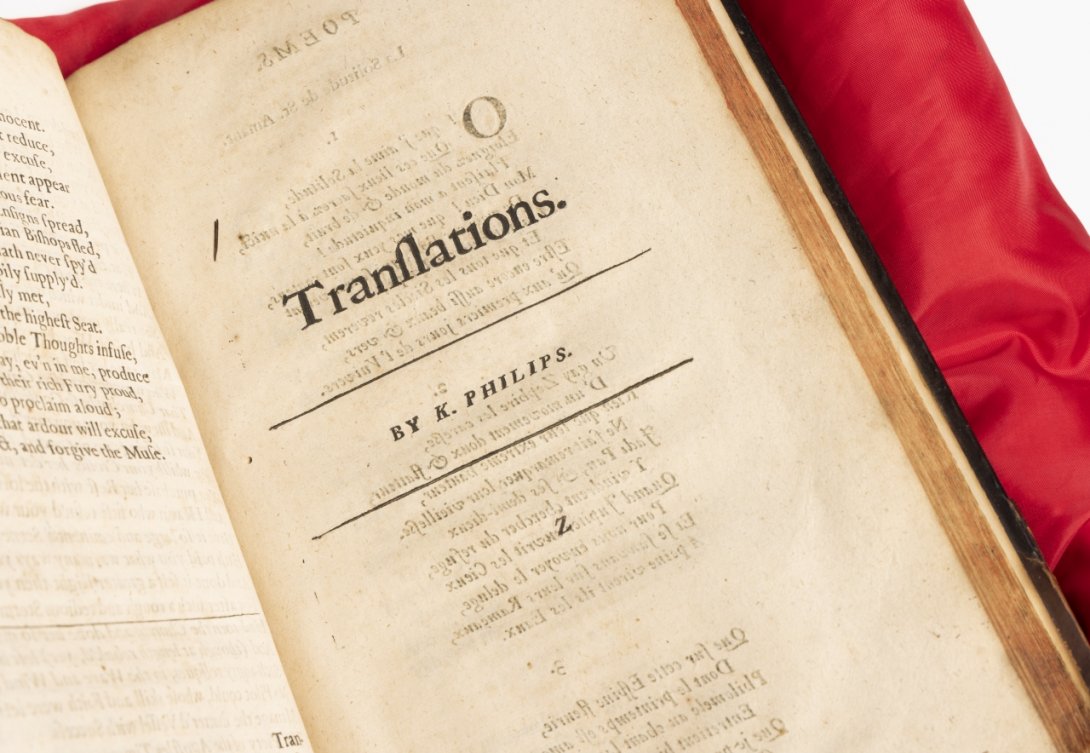
Madame de Sévigné
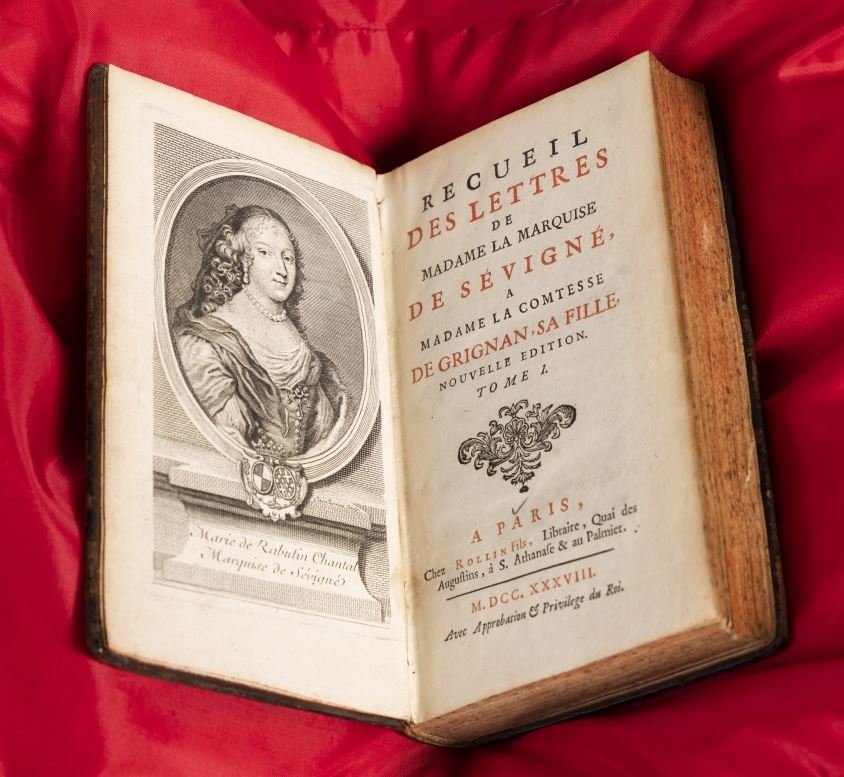
Marie de Rabutin-Chantal, marquise de Sévigné (1626–1696), known as Madame de Sévigné, is widely regarded as the most erudite female French writer of the 17th century. Most of her extraordinary correspondence was directed to her daughter, who after her marriage went to live in Provence. While some of her letters were known in the 17th century, they were first published in 1725 at first without the permission of her granddaughter. This edition was published in 1738.
Aphra Behn
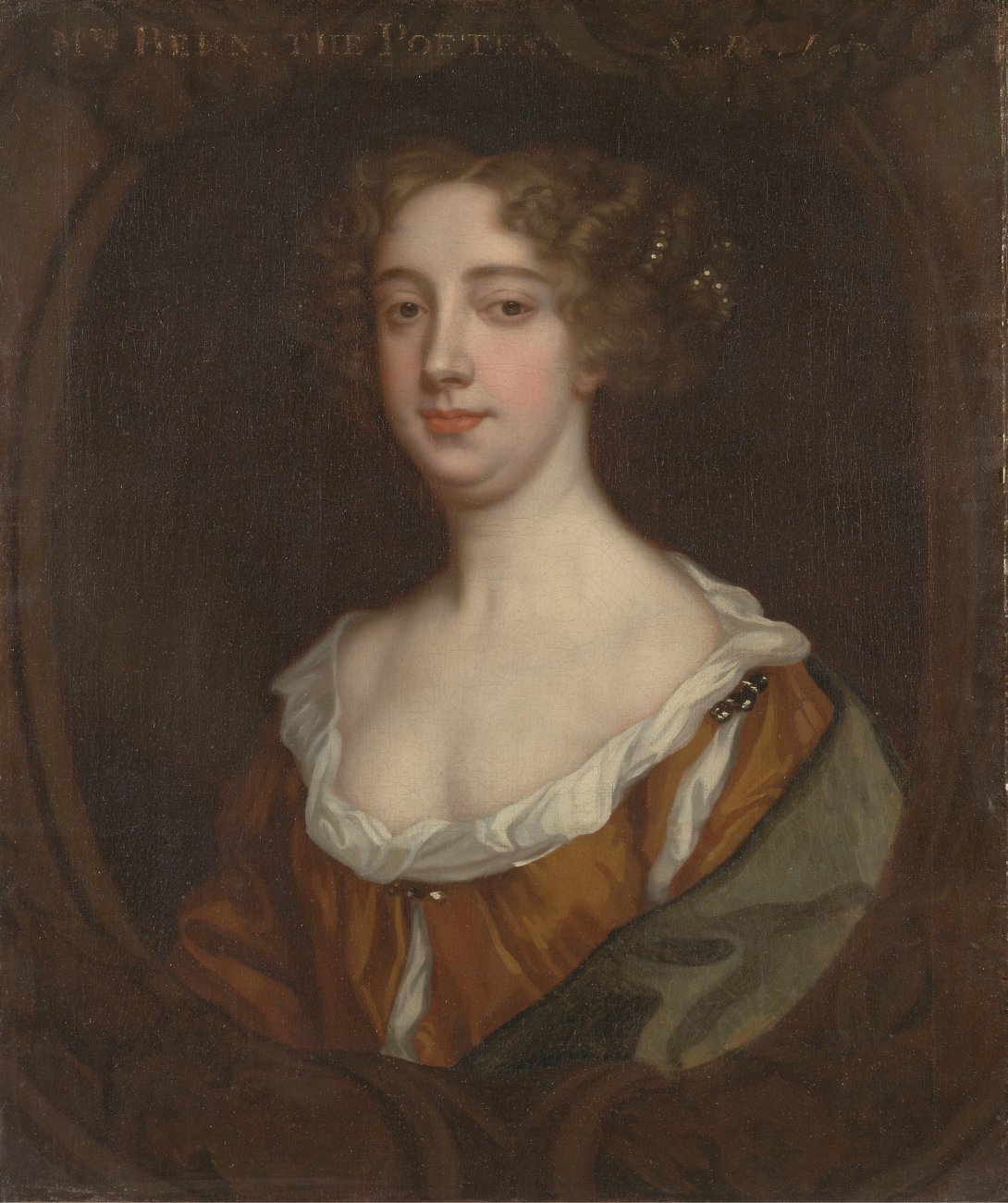
Aphra Behn (1640–1689) was one of the most successful English playwrights of the 1670s and 1680s. She was one of the first English women to earn her living by her pen, and her novel Oroonooko is one of the first. She was prolific, releasing a book of poems, 2 miscellanies, 17 plays, 6 translations and 2 works of fiction before her death in 1689. In the 1660s, Aphra Behn had worked as a spy for the King–Charles II–in Antwerp against the Dutch.
Her first play The Forc'd Marriage was staged in 1670 and published the following year. Most of her plays were published this way, such as this one, The Town-Fopp: or Sir Timothy Tawdrey, which though now bound with other plays, was originally published and sold as a single 'quarto' publication. It is one among 13 rare book titles of her work held by the Library.
This play was based on a much earlier play by George Wilkins, The Miseries of Enforced Marriage (1607), which itself was based on a true story. Behn's play is about two couples forced to marry. In Behn's version the unhappy couples leave each other. The main male character is called Bellmour.
The title page for the play tells us several things. The play was performed at one of the major theatres in London in 1676, yet not published until the following year. This was quite usual: the play was successful and money could be made by publishing it. It makes it clear that the playwright is a woman. This suggests that Behn was popular. Between 1662 and 1679, all publications had to be licensed. It was a way of suppressing criticism and controlling dissenters. Sir Roger L'Estrange (1616–1704) was the Surveyor then Licenser for the press under Charles II, an apologist for the king, and writer himself. He published an edition of Aesop's Fables.
Behn worked with 6 different publishers over the years. In this case, the printer of the play was Thomas Newcombe, the King's Printer, working for James Magnes who was an established publisher at this time; Richard Bentley was his former apprentice. You can read this edition of the play online at this link.
A new edition of Behn's plays was recently published. One of the editors–Professor Elaine Hobby–undertook a fellowship at the Library in 2019 to study our Aphra Behn holdings. You can listen to her fellowship presentation here.

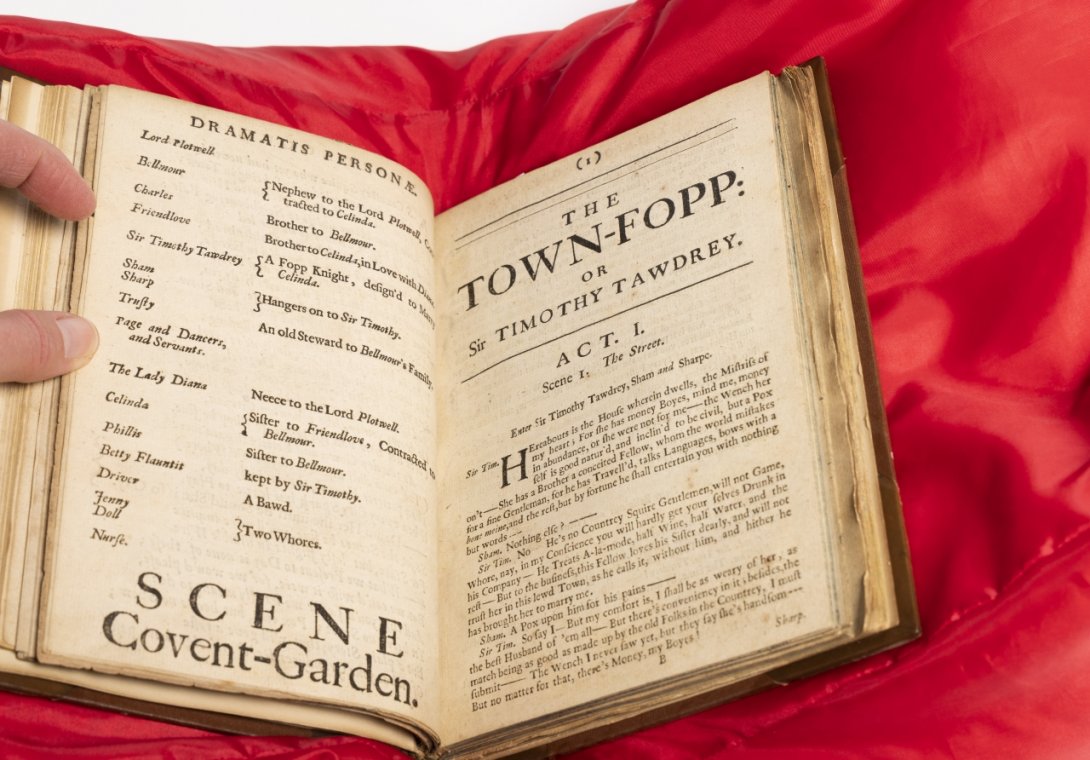
Though these early editions of work by great women writers are just one incarnation among many, between the moment the authors first picked up their pens and the modern paperback edition, they are important. They tell us much about these classic works' journeys through time. We can see how these writers have been credited, printed, promoted and published in times past we can only imagine.
To see more of the great female writers held in the Library's rare book collections, check out Great female writers of the eighteenth century: Trailblazers and radicals.
Dr Susannah Helman is Rare Books and Music Curator at the National Library of Australia